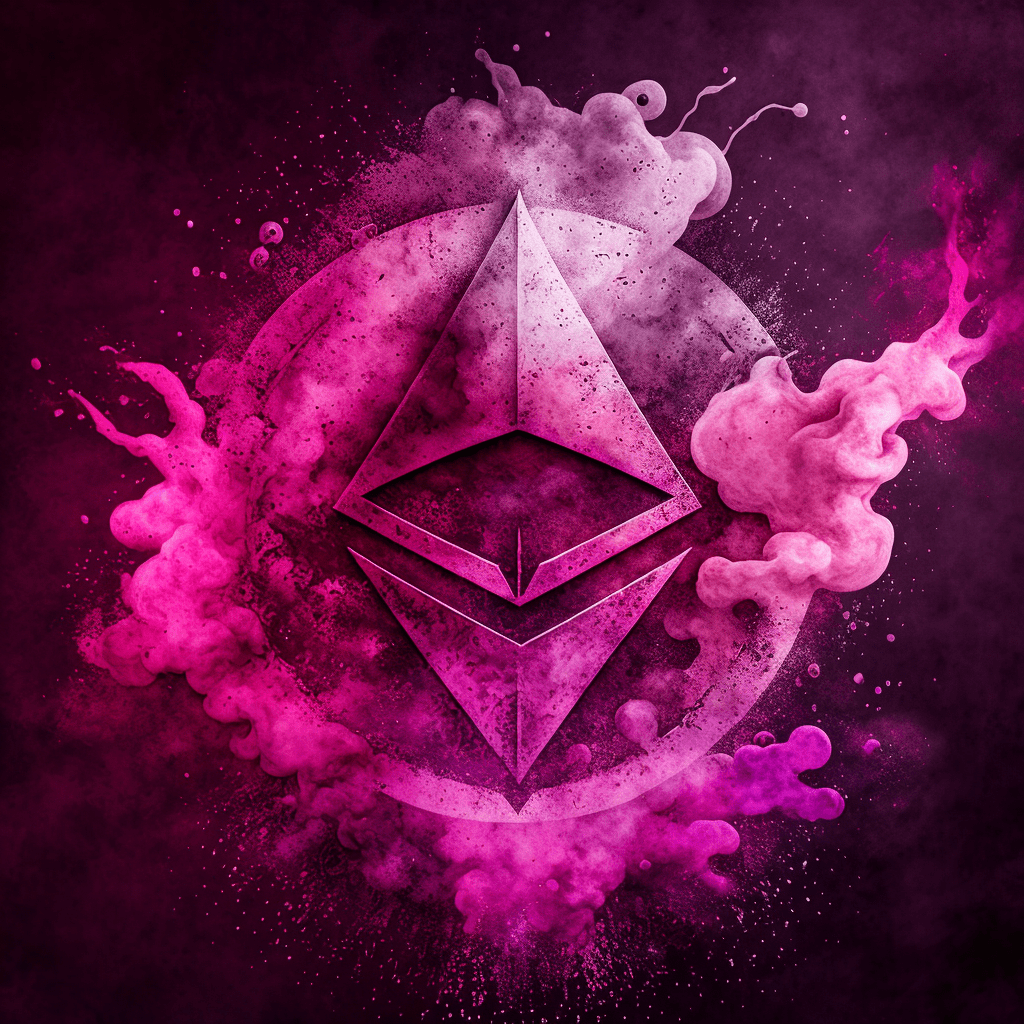The world of blockchain and cryptocurrencies is filled with unique concepts and technologies that are revolutionizing different industries. In this rapidly evolving space, it’s important to grasp the essentials of key components that form its structure. One such essential element, particularly in the Non-Fungible Tokens (NFTs) domain, is the ERC721a contract.
Understanding the ERC721a contract begins with understanding the Ethereum blockchain, the base on which these contracts function. Ethereum, a decentralized, open-source blockchain, introduced the concept of smart contracts. These are self-executing contracts with the terms of the agreement between buyer and seller directly written into code. Smart contracts revolutionized the blockchain scene by allowing automated, trustless transactions to take place.

From ERC721 to ERC721a
ERC721 is a standard for smart contracts on the Ethereum blockchain, particularly used for Non-Fungible Tokens (NFTs). A non-fungible token is a type of cryptographic token on a blockchain that represents a unique item or piece of content. The ERC721 standard was groundbreaking because it allowed for the creation and exchange of NFTs, transforming the way we think about digital ownership.
The ERC721a is an extension of the ERC721 standard, often referred to as an upgrade. It’s designed to overcome some of the limitations associated with the original ERC721 contract. While the fundamental properties of NFTs – uniqueness, indivisibility, and ownership – remain the same, the ERC721a introduces more advanced features and enhanced efficiency.
Functionality and Features of ERC721a

Understanding the unique features of the ERC721a contract helps to highlight its significant role in the NFT space. The upgraded contract enhances some aspects of the original ERC721 contract, while also adding new functionalities.
Reduced Gas Fees
One of the notable improvements in the ERC721a contract is its ability to mitigate high gas fees associated with Ethereum transactions. Gas fees refer to the cost necessary to perform a transaction or execute a contract on the Ethereum blockchain. These fees can be quite volatile and can reach prohibitive levels when the network is congested. The ERC721a standard reduces the gas cost by optimizing how data is stored and manipulated on the Ethereum blockchain, making it more cost-effective for users to interact with NFTs.
Batch Transactions
Another key feature of the ERC721a contract is the ability to conduct batch transactions. This means that instead of individually executing each transaction, multiple operations can be bundled together and processed at once. This function is not only more efficient but also further reduces gas fees, as fewer individual transactions are being conducted.
Metadata Flexibility
Metadata is critical to NFTs as it provides unique details about the token such as its name, description, and other identifying information. The ERC721a contract enhances the metadata flexibility of the tokens. It allows for more dynamic and mutable metadata, which is especially useful for NFTs that might require updates to their information over time.
ERC721a in the World of NFTs

The advent of ERC721a has significant implications for the world of NFTs. This enhanced contract standard can enhance the user experience, particularly for creators and collectors. For example, artists minting NFTs would find the process more cost-effective and efficient due to reduced gas fees and batch transactions. Similarly, NFT collectors would benefit from the metadata flexibility, allowing for more comprehensive and dynamic information about their digital assets.
Furthermore, ERC721a has the potential to contribute to the wider acceptance and integration of NFTs into mainstream applications. By addressing some of the challenges faced by the original ERC721 standard, it improves the overall NFT ecosystem, making it more accessible and efficient for users.
With these advancements, ERC721a contracts are helping to usher in a new era of digital collectibles, providing artists, developers, and collectors with a robust, flexible, and efficient mechanism to create and trade unique digital assets.
ERC721a and Web3
As we explore the Web3 landscape, the role of ERC721a becomes even more significant. Web3, or the decentralized internet, is an envisioned future state of the internet controlled by users rather than centralized entities. It incorporates blockchain technologies and decentralized networks, creating a transparent and user-empowered digital space.
Given that NFTs are among the major innovations driving the Web3 revolution, the role of the ERC721a contract becomes crucial. Its upgraded features allow for more efficient and effective interactions with NFTs in the Web3 environment. Moreover, the enhanced capabilities of ERC721a contracts align well with the ethos of Web3, empowering users with more control, flexibility, and ease of use.
Developing and Interacting with ERC721a Contracts

Developing and interacting with ERC721a contracts requires a certain level of familiarity with blockchain technology and smart contracts. To build an ERC721a contract, developers need to understand the Solidity programming language, which is used for writing smart contracts on Ethereum.
The process involves defining the token’s unique attributes, implementing ERC721a’s improved functionalities, and deploying the contract on the Ethereum blockchain. Once deployed, the tokens can be minted, transferred, and interacted with, leveraging the benefits of the ERC721a standard.
Interacting with ERC721a contracts, on the other hand, can be facilitated through various Ethereum-compatible wallets and platforms. From buying NFTs on marketplaces to minting your own unique tokens, these interactions are enabled by the functionalities of the ERC721a contracts.
Future Directions for ERC721a
Looking towards the future, the ERC721a contract standard is poised to be a significant player in the growth and evolution of the NFT space. As more developers adopt this standard and more platforms support it, we can anticipate a proliferation of unique digital assets being created and traded across different ecosystems.
Given the significant improvements in efficiency, cost-effectiveness, and flexibility, ERC721a is well-positioned to accommodate the evolving needs of the digital asset market. As such, its role is expected to grow as we continue to push the boundaries of digital ownership, creativity, and economic exchange in the Web3 world.
Wrapping Up

To wrap up, the ERC721a contract is an upgrade to the ERC721 standard, providing enhanced functionalities and efficiencies for NFT creation and interaction on the Ethereum blockchain. With its improvements in gas fee management, batch transactions, and metadata flexibility, it is paving the way for a more accessible, efficient, and dynamic NFT ecosystem. The future of the ERC721a contract looks promising as it continues to play an essential role in the evolving landscapes of NFTs and Web3.
